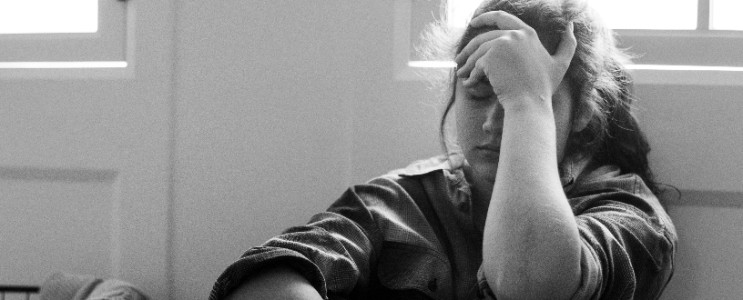
Mood Disorders Unpacked

Mental disorders are common and despite their prevalence, they are often misunderstood and stigmatized. According to theWorld Health Organization, 280 million across the world are living with depression and 40 million people have experienced bipolar disorder. In this post, we will focus on mood disorders.
What are Mood Disorders?
Mood disorders, also called affective disorders, are characterized by persistent changes in mood. This could range from feeling constantly sad or empty to feeling excessively happy or elated. Mood disorders can also cause physical symptoms, such as fatigue or sleep problems. People with mood disorders often have difficulty functioning in their day-to-day lives and may have trouble completing simple tasks, maintaining relationships or taking care of themselves.
Types of Mood Disorders
There are several different types of mood disorders, each with its own set of symptoms. The most common types of mood disorders are as follows:
- Depression
This is characterized by persistent feelings of sadness, emptiness or hopelessness. People may also experience changes in appetite, sleep, energy levels and concentration. The different types of depression are:
A. Major Depressive Disorder:
This is the most common type of depression and is characterized by symptoms like loss of interest in activities, weight changes, sleep problems, fatigue and feelings of worthlessness or guilt.
B. Persistent Depressive Disorder (PDD):
An individual with PDD or dysthymia has had a depressed mood for at least two years. This could be a continuous low-grade depression or periods of major depression interspersed with less severe symptoms.
C. Postpartum Depression:
New mothers may experience this type of depression after giving birth. It is characterized by feelings of sadness, anxiety, worthlessness and guilt. PPD can also cause physical symptoms like fatigue and sleep problems.
D. Premenstrual Dysphoric Disorder: It is a severe form of premenstrual syndrome (PMS) and can cause physical and emotional symptoms in the days before.
E. Seasonal Affective Disorder (SAD): It is a type of depression that occurs during the winter months when there is less natural sunlight. It is characterized by symptoms like fatigue, sleep problems and cravings for carbohydrate-rich foods.
F. Atypical Depression:
This type of depression is characterized by symptoms like sleep problems, weight changes and feelings of heaviness in the arms or legs. People with atypical depression may also experience what is known as “mood reactivity,” which means their mood improves in response to positive events.
- Bipolar Disorder
Bipolar disorder is characterized by periods of extreme mood changes, from highs (mania or hypomania) to lows (depression). During a manic episode, an individual may feel excessively happy or irritable and have lots of energy. People with bipolar disorder may also experience changes in energy levels, sleep patterns and behaviour.
- Subtypes of Bipolar disorder
The four types of bipolar disorder are as follows:
A. Bipolar I Disorder:
Manic episodes may last for at least seven days, or they are so severe that hospitalization is necessary. People with bipolar I disorder may also experience depressive episodes, although these are typically not as long or as severe as manic episodes.
B. Bipolar II Disorder:
Here an individual experiences a pattern of depressive episodes alternating with hypomanic episodes. Hypomanic episodes are similar to manic episodes, but they are not as severe.
C. Cyclothymic Disorder:
An individual may experience periods of hypomania alternating with periods of mild depression.
D.Unspecified Bipolar Disorder:
This type of bipolar disorder is characterized by symptoms that do not meet the criteria for either bipolar I or II disorder.
- Disruptive Mood Dysregulation Disorder
This childhood condition is characterized by persistent irritability and frequent episodes of angry outbursts. The symptoms include mood swings, outbursts (verbal or physical) and irritability. A child may experience this disorder before the age of 10 and will have these symptoms for 12 months or more.
- Mood Disorder Related to Another Health Condition
This is when someone experiences changes in mood due to another health condition, such as a thyroid disorder or cancer.
- Substance-Induced Mood Disorder
The use of drugs, including alcohol, caffeine and nicotine can cause changes in mood leading to symptoms like anxiety, depression and irritability. A person with a substance-induced mood disorder may also have symptoms of withdrawal when they stop using the substance.
What Causes Mood Disorders?
The exact cause of mood disorders is not known. However, several factors may contribute to the development of these conditions, including:
Biological Factors:
Mood disorders may be caused by changes in brain chemistry or structure.
Genetic Factors:
Mood disorders tend to run in families, so there may be a genetic component to these conditions.
Environmental Factors:
Exposure to stress, trauma or difficult life circumstances may contribute to the development of mood disorders.
Mood disorders are complex and can be difficult to treat. If you think you may be struggling with a mood disorder, it is important to seek professional help. A qualified mental health professional can assess your symptoms and provide you with the treatment you need. Mood disorders are serious conditions that can have a significant impact on your life. However, with treatment, many people can manage their symptoms and live happy, healthy lives.
Articles
Build your awareness and get inspired with our researched articles on how you can strengthen your well-being
Popular Topics
An OTP has been sent to the email address
provided.
Please check your Inbox and Spam folders.

What Would You Like to Speak with a Specialist About?
Mental Fitness Journey starts Now!
Chearful Connects you with Top-tier Qualified Wellness specialists for the Price of a cup of Coffee!

Next Steps
- A Client Team member will reach out to you to schedule a session with the most suitable specialist.
- You will receive an email with a 10% Discount Code* for your 1st session.
- We invite you to Explore the Platform & Sign Up today! *Upto a maximum of $10 discount on a session purchased




 3007 Read
3007 Read



.jpg)







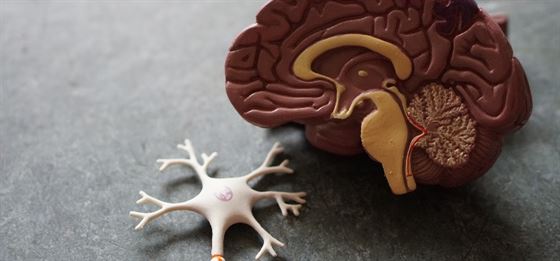
.png)
.jpg)

.jpg)

.jpg)




.jpg)



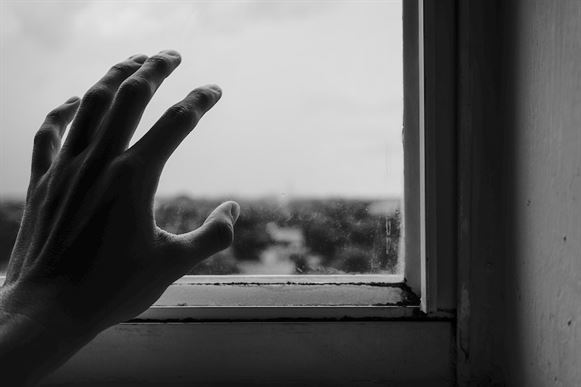






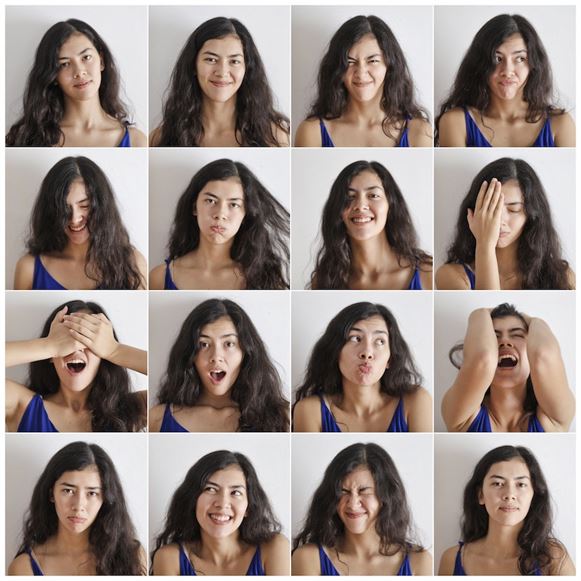










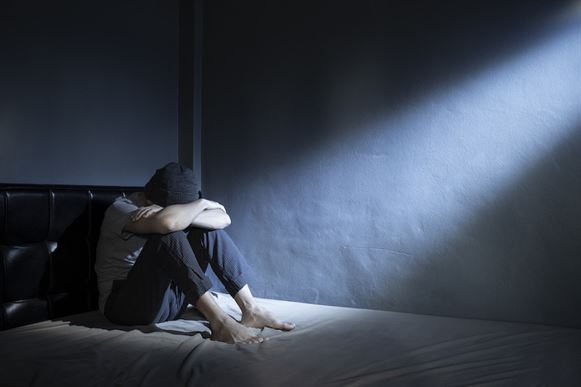
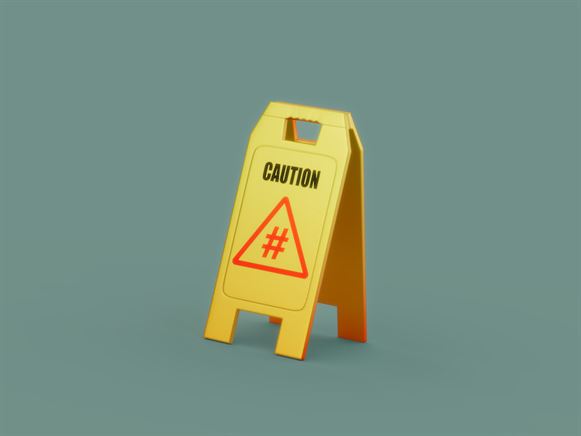









.jpg)

.jpg)






